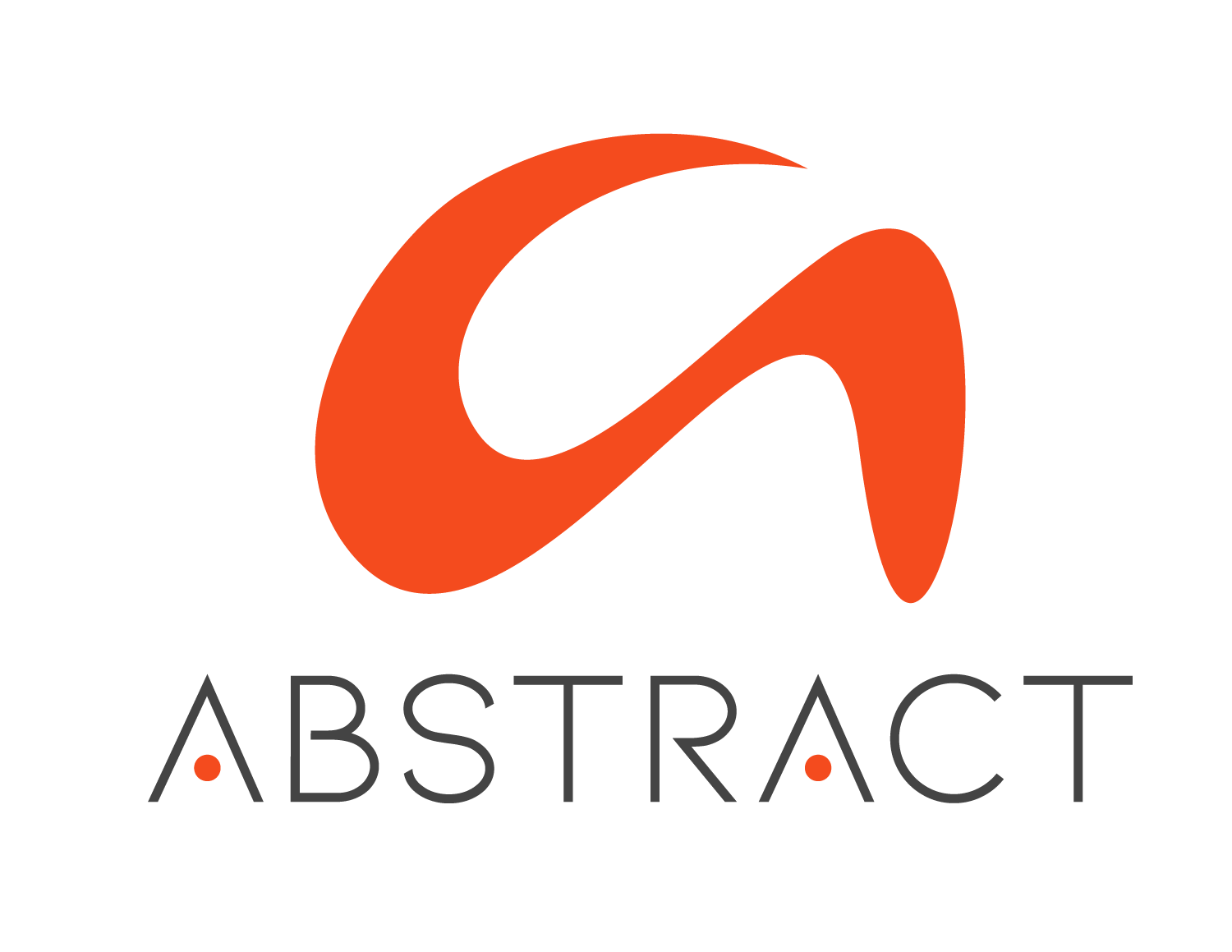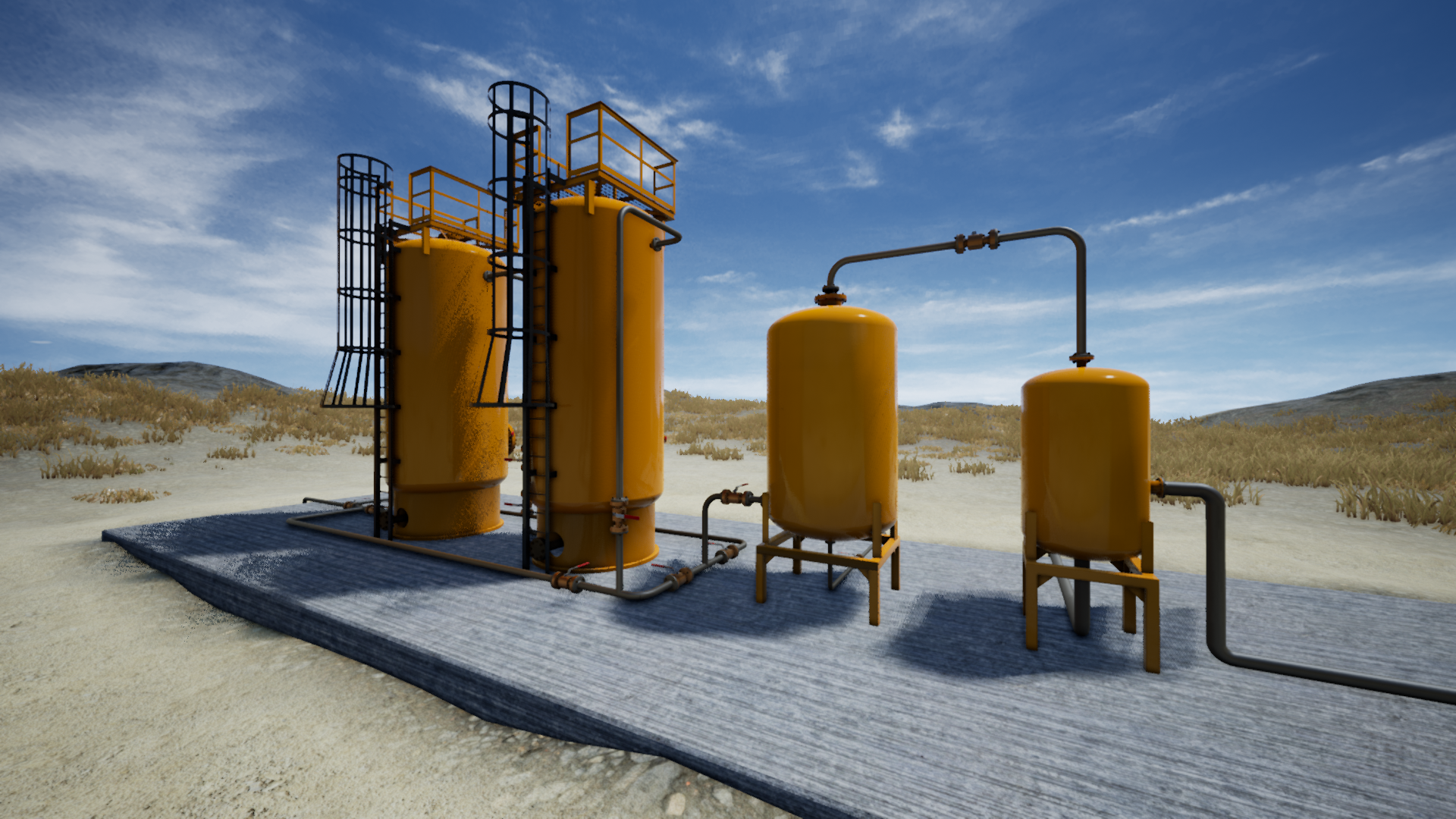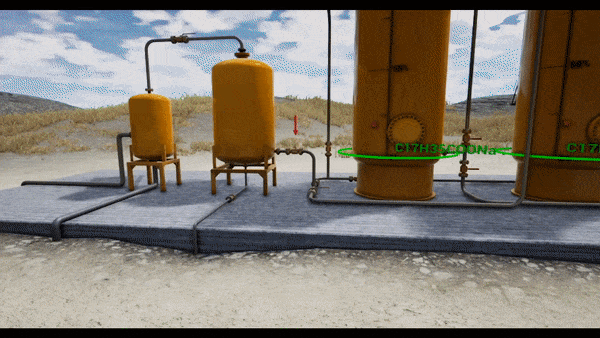
Energy Industry
The energy industry presents unique hurdles for training and operational tasks due to the often remote and environmental risks. Transporting inexperienced employees to train in such locations can be expensive, dangerous, and allow limited time with equipment.
Maintenance and operational activities can be streamlined with remote expert access, which offers an over-the-shoulder view for experts to chime in when workers need assistance. Wearable headsets keep technicians’ hands free while following digital task lists, reducing time on task and increasing safety and task compliance.
Virtual Reality Training
Approximately 70% of the knowledge employees acquire is gleaned from their experiences and productive failure. By leveraging immersive experiences in virtual reality, we can build experiential memories that are more conducive to learning and retaining important information.
-
Training in remote or access-restricted locations can be costly and difficult to coordinate. With virtual reality, such constraints are eliminated by virtually replicating environments so that training sessions can be performed and monitored remotely.
-
Safety training for chemical spills, fires, and other catastrophic situations are difficult or impossible to replicate in real life. With virtual reality, we eliminate these risks to life and limb and introduce workers to life-saving safety procedures.
Better yet, scenarios and events can be randomized to provide a unique experience, every time.
-
Learn how to operate, diagnose, repair, and maintain equipment with VR step-by-step procedures. Equipment is modeled and recreated in VR where we can provide heads-up instructions to give your employees valuable reps with unfamiliar equipment and processes.
-
According to Edgar Dale’s Cone of Learning, people generally remember 90% of what they do and only 10% of what they read. Everything from handling irate customers to providing guidance for developing managers on how to handle difficult conversations can be created in VR to simulate high-pressure scenarios that are emotionally driven and difficult to replicate.
Augmented Reality
Whereas virtual reality builds a digital world around the user, augmented reality simply adds a layer of digital information over the users’s existing view. This opens creative doorways for interacting with real-world workflows while providing information overlays at the perfect time to keep your hands free.
-
By providing real-time, heads-up assistance during manufacturing and operations procedures, AR solutions can reduce errors and increase your worker’s efficiency, effectiveness, and safety.
-
Augmented reality is already changing the way field services are administered for complex repairs and maintenance procedures. Wearable devices allow hands-free guidance for technicians, giving it a leg up versus traditional guides that use tablets, smartphones or other aids that require the technician's hands to operate.
Technicians are provided with checklists and even real-time sensor data, and can be visually guided to show which parts need to be adjusted or replaced.
For complex jobs requiring additional assistance, technicians can patch in a remote expert who can see what the technician sees in real-time and high definition, communicate by voice, and even annotate over the field service engineer’s point of view to guide them to a fix.
-
Augmented reality solutions can be constructive (information is added on top of real world objects and synced with real-time data) and/or destructive (layers of equipment can be digitally peeled back to show inner workings and abilities). Use it on your products as a sales and marketing tool to show features and benefits, or use it for training internal and external stakeholders on functionality.
With AR, information can be overlaid on top of real equipment, or digitally spawned in open space to deliver the same powerful experience independently.
-
Improve process and inspection compliance with templated and digitized heads-up instructions. Information is logged digitally, step-specific guidance is served as needed, and remote experts can be patched in if more advanced support is needed.
-
Since augmented reality overlays digital information onto the user's existing field of view, AR can be a very helpful tool for keeping users out of harm's way. While the safeguarding of human life is the primary benefit, AR apps can also help reduce property/asset loss by guiding users to desired protocols quickly in times of distress.
Energy Industry Use Case Examples
Step-by-Step instructions and Procedural VR
Interactive Products & Internals with AR




